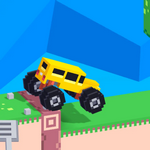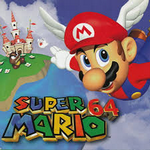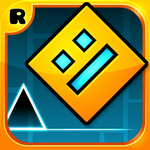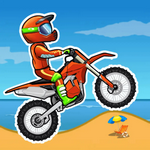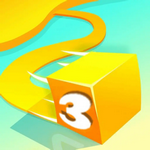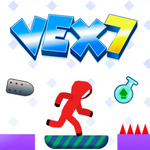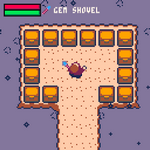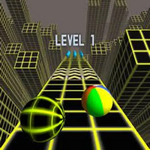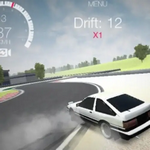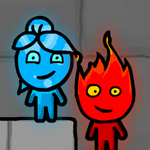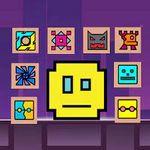
push Unblocked
## The Simple Push: A Game That Keeps Us Hooked
Push games, in their essence, are deceptively simple. The core mechanic involves pushing, sliding, or maneuvering objects towards a specific target. But within this seeming simplicity lies a surprisingly addictive depth, making them a popular genre across all platforms, from mobile to PC.
The Allure of the Push:
* Accessibility: Push games often boast minimal learning curves, making them accessible to players of all ages and skill levels. Simple controls and intuitive mechanics allow players to jump right in and enjoy the challenge.
* Satisfying Gameplay: The act of pushing and maneuvering objects can be deeply satisfying. Witnessing a carefully crafted strategy unfold, culminating in a successful push, provides a sense of accomplishment.
* Variety in Design: Despite their core mechanic, push games offer incredible diversity. From puzzle-solving gems like "Sokoban" to the frantic action of "Pushy and Pully", there's a push game for every taste.
* Mental Stimulation: Push games challenge our spatial reasoning and problem-solving skills. They force us to think strategically, plan our moves, and adapt to changing conditions.
Types of Push Games:
* Puzzle Games: These games emphasize strategic thinking and planning. Players must carefully manipulate objects to reach specific positions or complete a puzzle.
* Action Games: These games blend puzzle elements with fast-paced action. Players must react quickly and strategically to push objects and overcome obstacles.
* Platformers: Some push games incorporate platforming elements, requiring players to navigate levels and overcome challenges using both pushing and jumping mechanics.
Beyond the Push:
Push games are not merely a fad. Their enduring popularity stems from their ability to provide a satisfying and engaging experience. They are a testament to the power of simple mechanics to deliver complex and enjoyable gameplay. Whether you're seeking a quick brain-teaser or a challenging adventure, the world of push games has something to offer everyone.
So next time you're looking for a game to play, don't overlook the humble push. You might be surprised by how much fun it can be.

